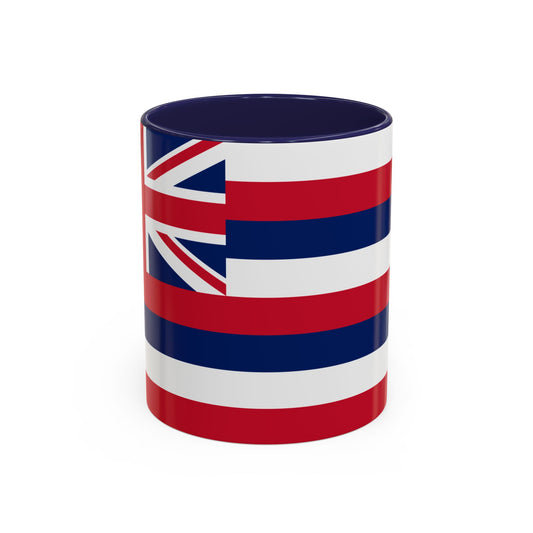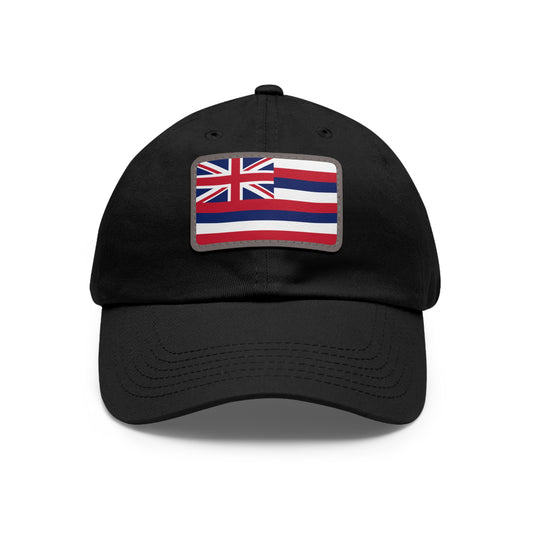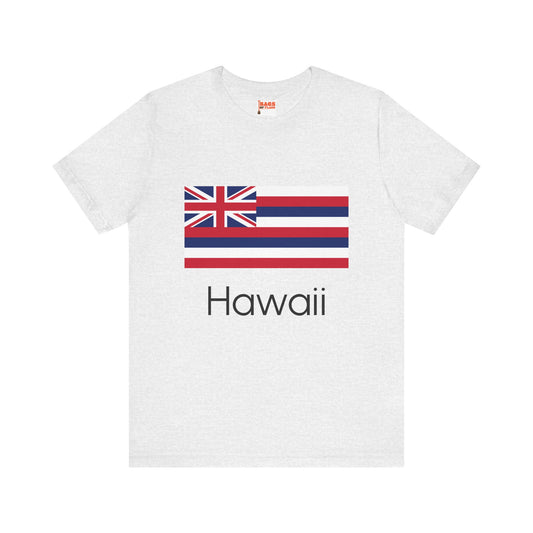-
Hawaii Backpack
Regular price $59.79 USDRegular priceUnit price / per -
Hawaii Pillow
Regular price $22.65 USDRegular priceUnit price / per -
Hawaii Mug
Regular price $11.65 USDRegular priceUnit price / per -
Hawaii Sweatshirt
Regular price $34.15 USDRegular priceUnit price / per -
Hawaii Trucker Cap
Regular price $14.90 USDRegular priceUnit price / per -
Hawaii Flag Sweatshirt
Regular price $34.15 USDRegular priceUnit price / per -
Hawaii Leather Patch Hat
Regular price $18.85 USDRegular priceUnit price / per -
Hawaii Flag Hoodies
Regular price $34.40 USDRegular priceUnit price / per -
Hawaii Hoodies
Regular price $34.40 USDRegular priceUnit price / per -
Hawaii T-shirts
Regular price $22.79 USDRegular priceUnit price / per -
Hawaii Flag T-shirts
Regular price $22.79 USDRegular priceUnit price / per
Collection: US State: Hawaii HI flag
The Hawaii flag, also known as the flag of Hawaii, holds a rich history and symbolism that reflects the unique culture and heritage of the Hawaiian Islands. From its design and colors to its historical context and current relevance, the flag of Hawaii has played a significant role in the state's identity. Let's delve into the historical journey of the Hawaii flag and explore its symbolism and significance.
Overview of the Hawaii Flag Design and Colors

The flag of Hawaii showcases a distinct combination of eight horizontal stripes that alternate between white, red, and blue, each representing one of the state's main islands: Hawaiʻi, Maui, Oʻahu, Kauaʻi, Molokaʻi, Lānaʻi, Niʻihau, and Kahoʻolawe. At the canton position, prominently featured is the Union Jack, signifying the historical bonds between Hawaii and Great Britain, stemming from a period when the islands were under British influence.
This flag design harmoniously blends the symbolism of Hawaii's identity with its historical connections to Great Britain, encapsulating a narrative of cultural convergence and political alliances. The color scheme is symbolic, with white standing for purity, red symbolizing courage and strength, and blue reflecting loyalty and justice. Together, these elements represent Hawaii's heritage, its unity as a state comprised of eight major islands, and its enduring ties to its past.
Historical Context of the Hawaii Flag
The evolution of the Hawaii flag is steeped in the island's complex history of diplomacy and identity. Adopted officially in 1845, under King Kamehameha III's leadership, the flag represented a pivotal moment for the Hawaiian Kingdom, seeking to navigate its place among global powers while retaining its sovereignty. Before this adoption, flag variations existed that incorporated the Union Jack, a nod to the island's relations with the British Empire and perhaps a strategic move to garner favor among European powers.
This period was marked by intense negotiation and diplomacy as Hawaii sought to assert its independence amidst the colonial interests of Britain, the United States, and France. Adding the eight stripes, representing the main islands, was a significant change that emphasized Hawaii's unity and identity distinct from its colonial affiliations. This redesign underscored the kingdom's determination to stand as a cohesive and independent nation, even as it acknowledged the complexities of its international relationships. The adoption of the flag thus reflects a crucial juncture in Hawaii's history, symbolizing its aspirations for self-governance and respect on the world stage amidst the era's geopolitical tensions.
Symbolism Embedded in the Hawaii Flag
The Hawaii flag's design intricately weaves together elements that reflect the state's rich cultural legacy and historical international relationships. Central to its symbolism, the Union Jack stands not just for the historical connections with Great Britain but also serves as a reminder of Hawaii's strategic diplomatic maneuvers to protect its sovereignty during the 18th and 19th centuries. Including the eight horizontal stripes is a powerful emblem of unity, each stripe symbolizing one of the major islands within the Hawaiian archipelago.
This design choice emphasizes the cohesive identity of Hawaii's diverse landscapes and communities, underpinning a message of unity in diversity. The choice of colors—white, red, and blue—further contributes to the flag’s symbolic depth, encapsulating virtues such as purity, courage, and justice, which are foundational to Hawaii's character as a state. These colors and patterns do not merely adorn the flag; they narrate Hawaii’s enduring story of resilience, diplomacy, and the quest for self-definition amidst external influences. Hawaii's flag presents a unique narrative of navigating colonial interests while fostering a united, distinctive identity.
Current Relevance of the Hawaii Flag
The flag remains a prominent emblem of state pride and cultural identity in contemporary Hawaii. It flies high on government buildings, participates in state and national celebrations, and is a fixture at military events, symbolizing the state's ongoing contribution to the broader American narrative. The flag's presence on such occasions underscores its significance as a historical artifact and a living symbol of the Hawaiian people's enduring spirit and values.
Amidst its widespread acceptance and use, the Hawaii flag has also sparked discussions and debates reflecting the complex interplay of history, culture, and identity. Some community members advocate for reevaluating the flag’s symbolism, particularly the inclusion of the Union Jack, which they argue represents a period of external influence and control at odds with the state's Indigenous heritage and the quest for self-determination. These conversations highlight a broader dialogue about how the state reconciles its past with a vision for its future, illustrating the flag's role not only as a marker of identity but also as a canvas for ongoing discussions about what Hawaii represents.
While the flag is deeply woven into the fabric of daily life and state ceremonies, it also serves as a focal point for reflecting on Hawaii's unique cultural and historical journey, inviting residents and visitors to engage with its rich and multifaceted story.
Additional Facts and Protocols Regarding the Hawaii Flag
The Hawaii flag is subject to unique display protocols that honor its significance and heritage. It must be treated with utmost respect, which includes ensuring it does not come into contact with the ground and is displayed prominently and respectfully. When flown at half-mast, it signals mourning or tribute during significant periods of remembrance or loss. One of the more compelling historical notes about the Hawaii flag is its prohibition period.
After the 1893 overthrow of the Hawaiian monarchy, the flag was banned by the Republic of Hawaii, as it became a potent symbol of the monarchy and resistance to the new regime. This ban lasted until Hawaii's annexation as a U.S. territory in 1898, marking a turbulent period in the state's history where its very symbol of identity was suppressed. This period underscores the flag's resilience and enduring significance as a symbol of Hawaii's identity and spirit.






















